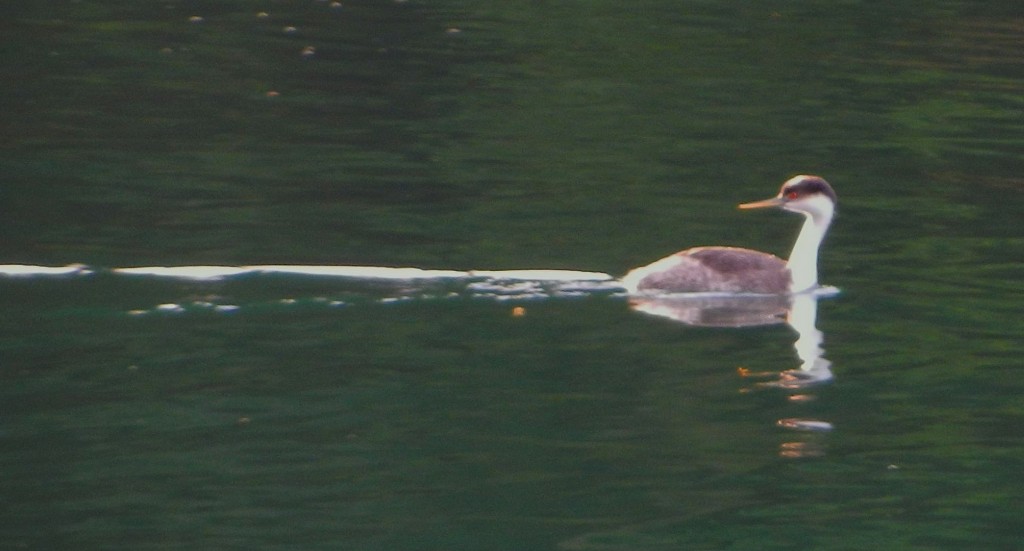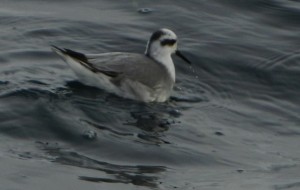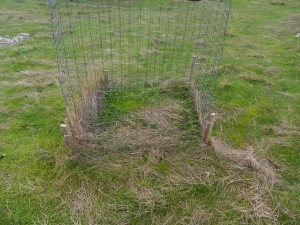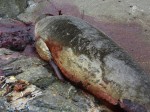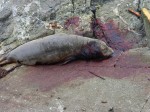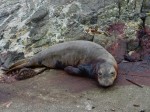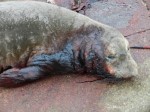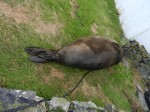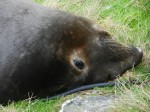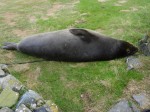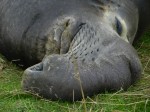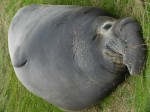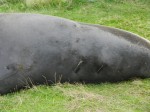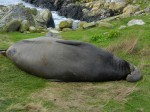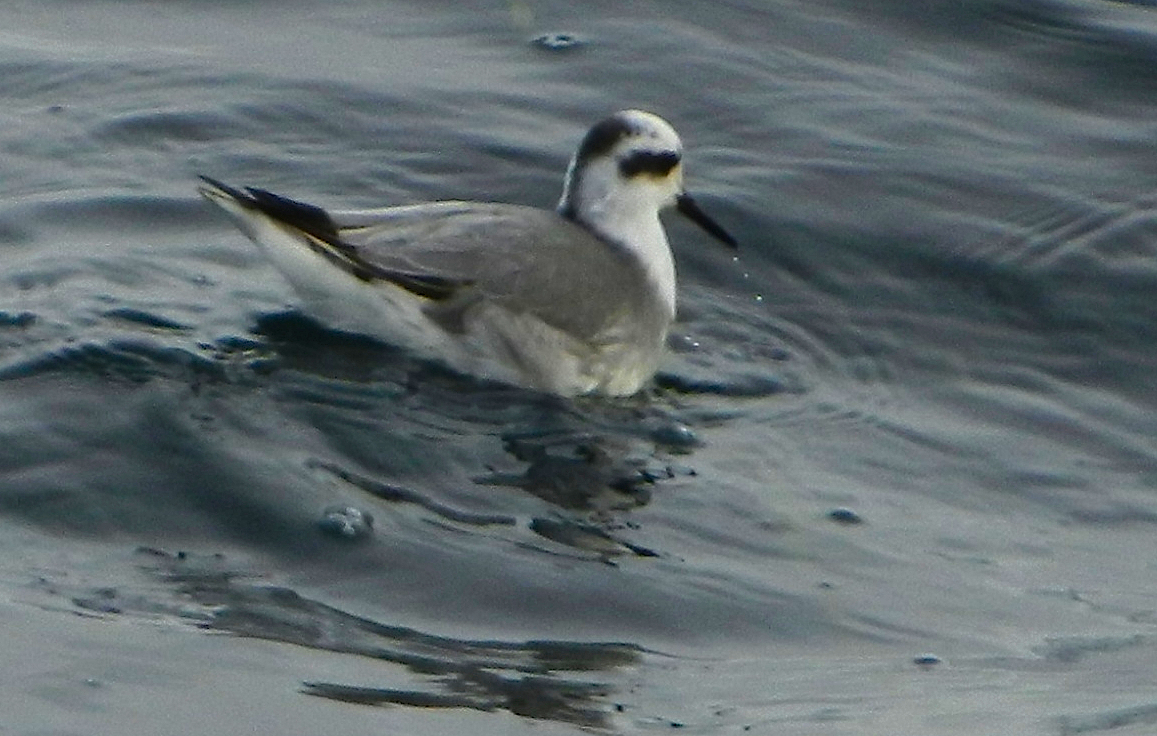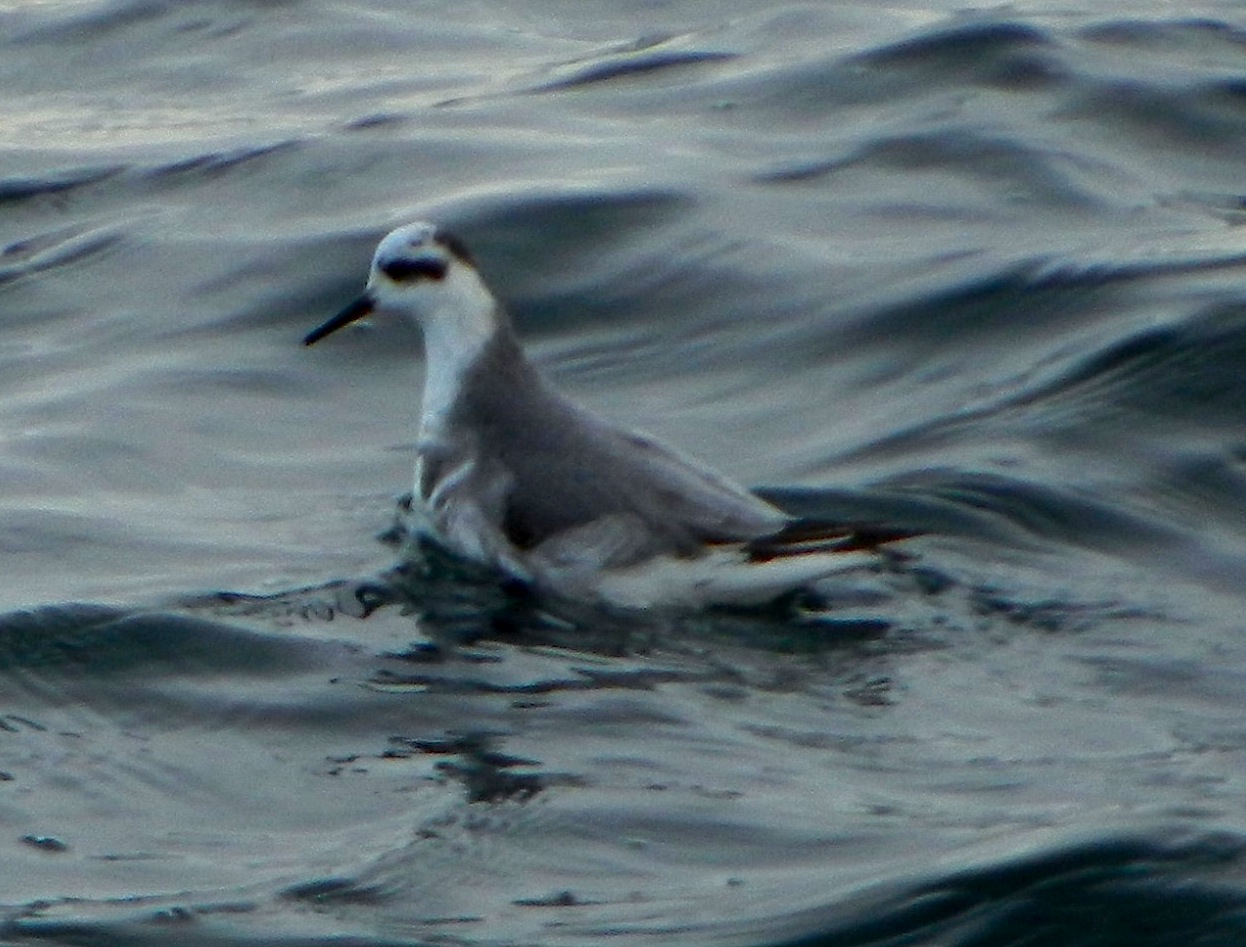Leaving the Docks at Lester B. Pearson College I noticed an unusually high number of western grebes. These birds (a species at risk) have an unusual migration pattern, in that they nest in wetlands on the Canadian prairies and then instead of migrating south as most other birds, they fly west, over the Rocky Mountains to winter in the small bays of southern Vancouver Island. We have few records of them at Race Rocks , but one that ended up at the docks dead made it into our taxonomy and gallery of species.
On the approach to Race Rocks one of those ever-changing sky scenes unfolded. We could see that the middle islands to the west are covered with Northern (Steller) sea lions today as well as a number of elephant seals . We only had time to check out Great Race Island as Erik was doing some underwater work, changing zincs on equipment and cleaning the underwater camera.
We could see that the middle islands to the west are covered with Northern (Steller) sea lions today as well as a number of elephant seals . We only had time to check out Great Race Island as Erik was doing some underwater work, changing zincs on equipment and cleaning the underwater camera.
As I tended him diving, a red phalarope (Phalaropus fulicarius ) swam in the waves near the dock, churning up plankton in a vortex . This is the usual location where we have sighting of the red-necked variety of these birds in the winter.
A year ago Alex set out three 1 square metre enclosures to monitor the effects of grazing and marine mammal trampling on vegetation at Race Rocks. In this one by the centre path it was evident that there is beginning to be a build up of organic material which will contribute to the turf cover.
Below are some of the pictures of the elephant seals on Great Race Island when we were there today. One female by the docks is injured as has been reported previously. Normally when there are natural injuries to animals out here we have a policy of not intervening as nature takes its course . When there may be evidence of a human cause for the injury where it may be treated, then the Department of Fisheries and Oceans has jurisdiction and must decide what to do. In this case, i suspect there is some irritation in the mouth or jaw which is causing continual bleeding, probably a fishhook. In the past we have had one successful treatment of an elephant seal when DFO arranged for the Vancouver aquarium to capture it and rehabilitate it. It was returned to the reserve at the end of summer in perfect health. So we have to wait and see what the decision is on this animal.
- Left side of injured female
- injured female see text above.
- Injured female
- injured female sea lion
- Ventral view of younger male
- The head of the younger male
- back view of the younger male
- Misery’s proboscis
- Tons of Misery
- Old back scars on Misery
- Mike Slater called him “Misery” several years ago because this animal was more agressive than others.
- Healthy female, probably 2 year old.
Again this year there are two males on the main island which could lead to some sparring around breeding time in January. The size of the proboscis on the younger male indicates his lesser age, and he is probably several hundred kilos lighter. It is quite amazing to see the amount of weight that Misery has put on over the past year.
Garry Fletcher
December 8, 2012
Ecological Reserve Warden for Race Rocks Ecological Reserve #97

